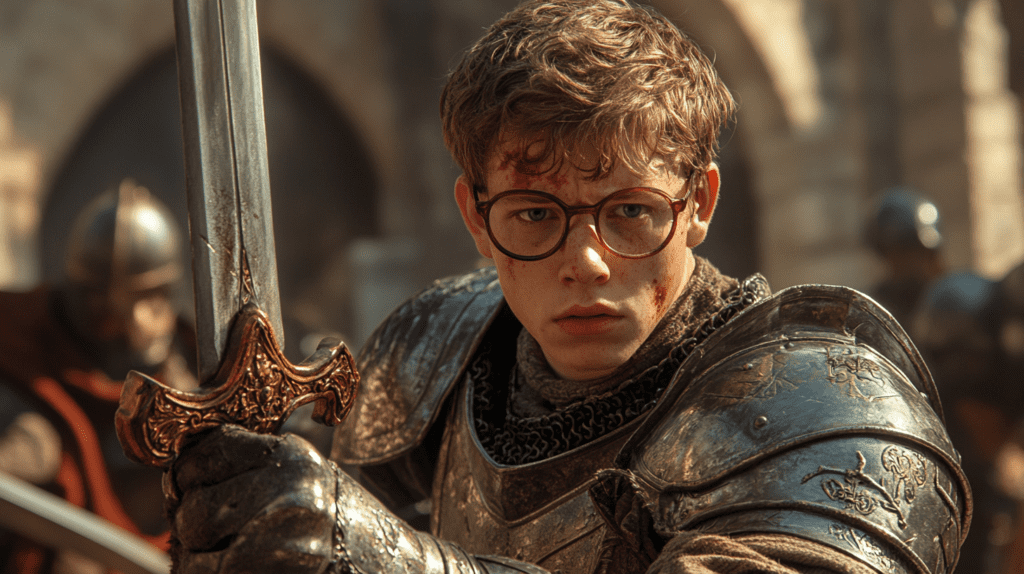WNBA Players Are Driving the Boom
The shirts said it all. Before the WNBA All-Star Game tipped off in Indianapolis, Team Clark and Team Collier warmed up in bold black tees that read: “Pay us what you owe us.” It wasn’t just a clever slogan, it was a direct response to ongoing frustration over collective bargaining and the growing gap between the league’s financial success and what its players actually take home.
Commissioner Cathy Engelbert has been widely praised for guiding the WNBA into a new era. And yes, under her leadership, the league has signed a $200 million/year media rights deal starting in 2026, viewership is up 140% year-over-year, and franchise valuations have soared from $5 million to over $260 million.
But ESPN’s Michael Voepel and many others are now asking: Are we giving too much credit to Engelbert,and not enough to the women actually on the court?
Players Speak Out—And Stats Back Them Up
During the All-Star Weekend, over 40 WNBA players attended a CBA meeting in what should’ve been a breakthrough moment. Instead, it felt like a replay of the same old stall tactics. Leaders like Nneka Ogwumike, Breanna Stewart, and Napheesa Collier openly criticized the lack of progress. Stewart called the meeting “a wasted opportunity.” Collier labeled it “fluff.”
And it’s hard to argue with their disappointment when the data shows explosive growth across the board—but not in player salaries.
Since Engelbert’s arrival in 2019:
- Attendance is rising post-pandemic (up 17% in 2023 alone).
- App engagement surged 390% between 2022 and 2023.
- Corporate partnerships and merchandising deals have skyrocketed.
But player pay hasn’t budged since the 2020 CBA. The average base salary remains under $80,000, with top stars pulling in just over $200,000 from league contracts—pennies compared to the revenue they generate.
Read More: ESPN Faces Heat for Caitlin Clark Pre-All-Star WNBA Ranking
Caitlin Clark Is the Tipping Point
If Engelbert laid the business foundation, Caitlin Clark lit the match.
Just her two seasons in, Clark has driven an estimated 26.5% of the WNBA’s total economic activity, according to sports valuation expert Ryan Brewer. That figure could push league-wide economic output to $875 million, possibly even $1 billion in 2025.
And the receipts are undeniable:
- Fever games now outdraw the NBA’s Pacers in their own arena.
- Her road games lead to a 140% surge in ticket prices.
- Her debut drew 1.3 million viewers, a preseason record.
- Retailer Dick’s Sporting Goods reported a 233% spike in WNBA merch sales, driven by Clark.
- She ranks in the top 20 of all athletes in jersey sales.
Even the 11-year media rights deal on the horizon? Largely credited to the attention, and dollars Clark brings.
Yet Clark’s WNBA salary this season is just $78,000. Her $28 million Nike deal makes the disparity even more stark.
To be fair, Engelbert has delivered on many of her promises. She’s expanded the league’s visibility, raised capital, and professionalized the WNBA’s operations.
But when players—the true engine of the league’s momentum—are publicly protesting their treatment during the biggest weekend of the year, it’s clear something’s broken.
The question now isn’t whether the league is growing. It’s: Who gets to benefit from that growth?
And thanks to analysts like Voepel, and data like Brewer’s, the answer is clearer than ever:
The players, not just the commissioner, are the ones driving this boom.
So yes, Cathy Engelbert deserves credit, but so do the athletes risking it all, night after night, to turn this league into a billion-dollar business.
Stay in the Game With the Latest Scores, Highlights, and Stories — Follow GamerKoala on MSN.






